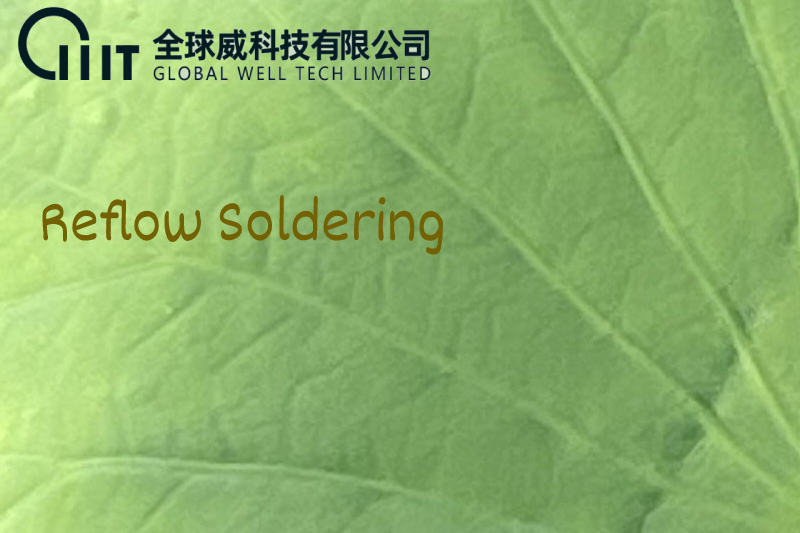PCB assembly guidelines
Reflow Soldering
Reflow Soldering
1.When to reflow
Reflow soldering is the most common method for PCB assembly in the industry today, mainly due to its advantages in flexibility for PCB layout when compared with wave soldering or manual soldering. a PCB designer does not have to worry very much about laying out a board specifically for reflow soldering.
GWT uses reflow soldering for the vast majority of projects, with the main exception being legacy boards that incorporate a high number of through-hole parts. For designs incorporating relatively few through-hole parts, GWT might still be able to use reflow soldering so long as the parts in question are able to tolerate the heat of the reflow cycle; otherwise, manual soldering can be employed after the reflow process to finish PCB assembly.
For ease of assembly, GWT recommends designing new PCBs for 100% reflow solderability as often as possible. Requirements for wave soldering or extensive manual soldering will often drive up both cost and lead time for a project.
2.Heat Profiles
The main concern for reflow soldering is that components must withstand high levels of heat for a more prolonged period than would be required for either wave soldering or manual soldering. Many through-hole components are not suitable for reflow soldering due to this condition. Component datasheets will list the component’s heat tolerance, so be sure to match this parameter with the heat requirements for a standard reflow cycle described below:
| Pre-heat | to 150 °C | in 60 seconds |
| Soak | from 150 °C to 165 °C | in 120 seconds |
| Reflow | Peak temperature 245 °C | hold for 20 seconds |
| Cooling | –4 °C per second | to room temperature |

Figure 01-Reflow heat cycle
3.Reflow Oven Specifications
GWT uses high-quality state-of-the-art reflow soldering ovens, with 12 heating zones to ensure even heating with no significant temperature gradient across the PCB during reflow. The maximum temperature deviation across the board during reflow is guaranteed at ±1.5°C. GWT’s reflow ovens allow for temperature control from room temperature up to 300°C, with control accuracy of ±1%.
0users like this.



